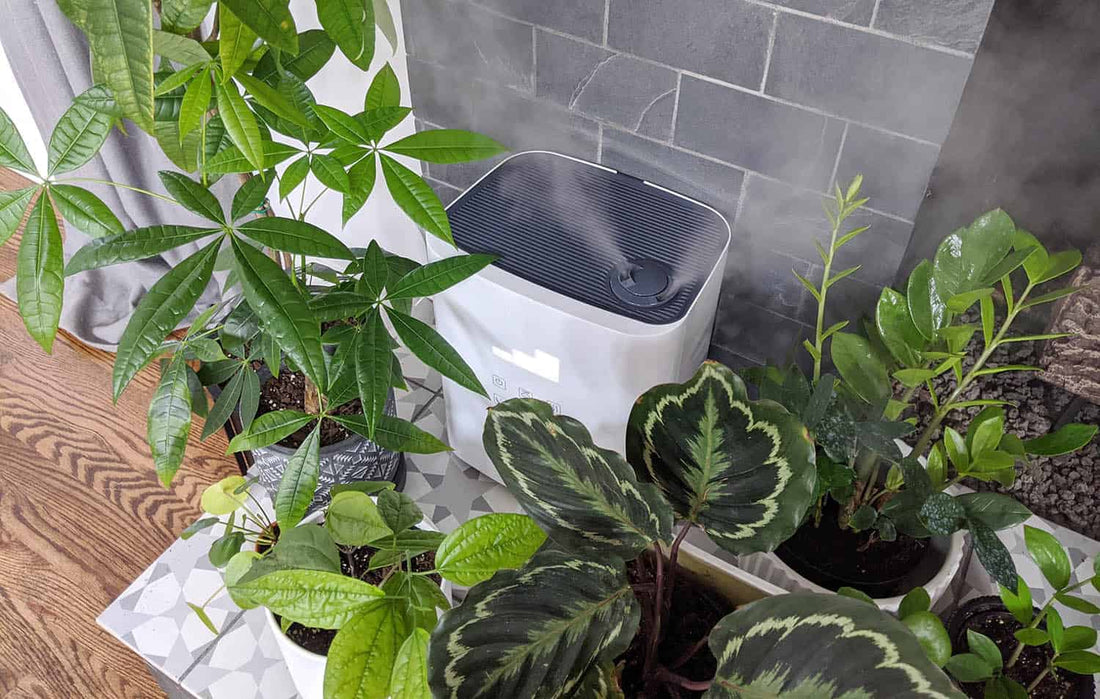How to Identify Your Houseplant: A Step-by-Step Guide
Identifying houseplants is an essential skill for plant owners, helping ensure proper care and maintenance. Whether you’ve inherited an unfamiliar indoor plant or purchased a new one without a tag, learning how to identify it is key to its thriving. In this guide, we’ll walk you through practical methods to recognize common houseplants like the Peace Lily or the Spider Plant.
Explore our Houseplants Collection for a wide selection of plants to identify and care for.
Steps to Identify Your Houseplant
1. Examine the Leaves
The shape, size, and texture of leaves are often the most distinguishing features of a plant.
- Thin, arching leaves: Likely a Spider Plant.
- Broad, glossy leaves with flowers: A signature of the Peace Lily.
- Thick, upright leaves: May indicate a Snake Plant.
2. Check the Growth Pattern
The growth habit of a plant can provide valuable clues.
- Trailing vines: Likely a Pothos or Philodendron.
- Bushy, compact form: Common in ZZ Plants.
3. Look for Flowers or Fruits
Some houseplants have distinct flowers or fruit that make them easier to identify.
- Bright red or pink bracts: Found on the Christmas Cactus.
- Spathe and spadix flowers: Hallmark of the Peace Lily.
4. Identify Based on Stem Structure
The stem structure often reveals the plant family.
- Succulent stems: Common in Zamioculcas Plants like the ZZ Plant.
- Thin, woody stems: Seen in Philodendron.
5. Use Plant Identification Apps
Apps like PlantSnap or PictureThis can identify plants by analyzing a photograph. Ensure you capture clear images of the leaves, stems, and flowers for best results.
Common Houseplants and How to Recognize Them
- Snake Plant: Upright, sword-like leaves with green and yellow variegation.
- Spider Plant: Long, arching green leaves with a white stripe running down the center.
- Peace Lily: Broad, glossy green leaves with occasional white flowers.
- ZZ Plant: Thick, waxy, oval-shaped leaves.
- Pothos: Heart-shaped leaves with variegated patterns of green and yellow.
FAQs About Identifying Houseplants
Q: What if my houseplant doesn’t match any common plants?
Check niche plant groups or forums online to seek help from experts or plant enthusiasts.
Q: Can I identify my plant by its potting mix?
Yes, some plants prefer specific soils. For example, indoor houseplants like cacti thrive in sandy soil, while tropical plants like the Philodendron require rich, well-draining soil.
Q: Do all plants have flowers that help identify them?
Not all houseplants flower indoors. However, their leaf shape, growth pattern, and stem structure can still help identify them.
Conclusion
Identifying your houseplant is a fun and educational process. Whether you’re caring for a zanzibar gem plant or exploring a chlorophytum spider plant, knowing its identity will allow you to cater to its specific needs. For more tips and plant options, visit our Houseplants Collection.





